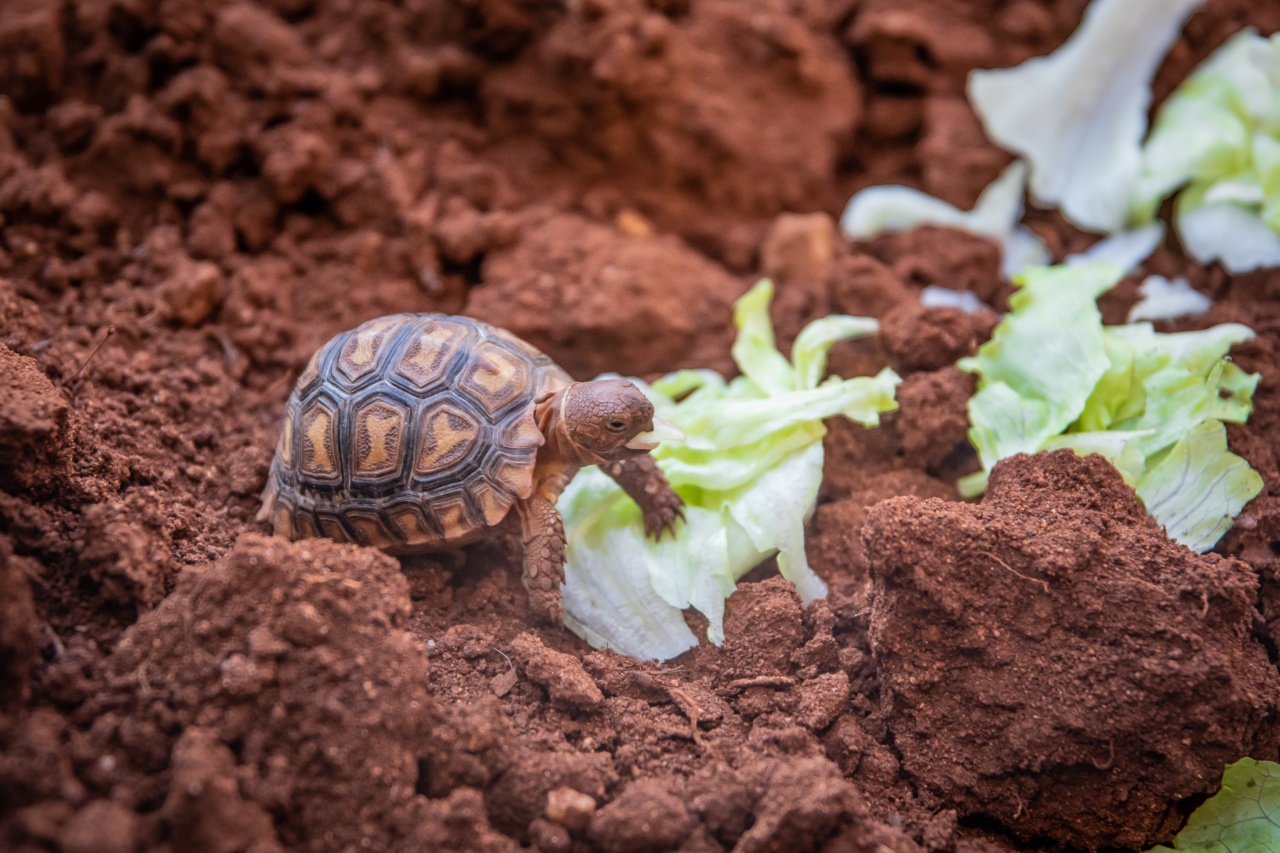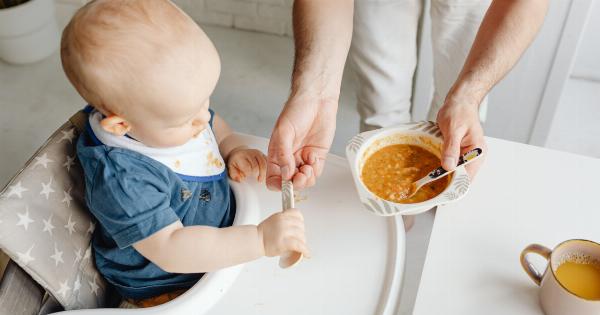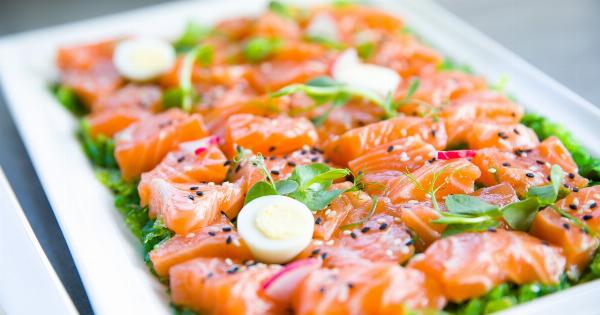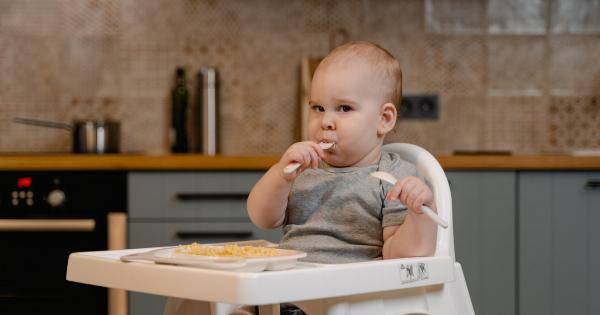One of the most exciting milestones in your baby’s development is the introduction of solid foods. This can also often be a time of confusion and worry for new parents.
When should you start introducing solids? What foods are appropriate? How much food should you be giving your baby? Here’s a guide to help you navigate the basics of introducing your little one to solids.
When to Start
The American Academy of Pediatrics recommends that parents wait until their baby is at least six months old before introducing solid foods.
This is because your baby’s digestive system is still developing and may not be ready to handle solid foods until then.
You’ll know your baby is ready when:
- They can sit up without support
- They have good head and neck control
- They show interest in adult foods by staring at your food, grabbing it, or trying to put it in their mouth
- They are able to close their mouth around a spoon and swallow food
It’s important to note that starting solid foods too early can actually be harmful to your baby’s health. Giving your baby solid foods before they’re ready can increase their risk of developing food allergies, digestive problems, and obesity.
The Best First Foods
The best first foods for your baby are typically single-ingredient, iron-fortified baby cereals, like rice cereal. These cereals are easy to digest and provide the iron your baby needs for healthy growth and development.
Once your baby gets used to the cereal, you can start introducing other single-ingredient pureed fruits and vegetables, like sweet potato, banana, or butternut squash.
These fruits and vegetables are rich in nutrients and vitamins that are essential for your baby’s growth and development.
It’s important to introduce new foods one at a time, waiting a few days in between to see if your baby has an allergic reaction. Signs of an allergic reaction can include rash, diarrhea, or vomiting.
If your baby has an allergic reaction to a particular food, stop feeding it to them and contact your pediatrician.
How Much to Feed Your Baby
When you first start introducing solid foods to your baby, they may only eat a few teaspoons at a time. This is normal and to be expected. As your baby gets used to the taste and texture of solid foods, you can gradually increase how much you offer them.
Aim to give your baby one to two tablespoons of food per meal to start, and increase from there as they show interest and can handle more food.
It’s important not to force your baby to eat more than they want to. Let your baby guide you in how much they need to eat. Remember, breast milk or formula should still be the main source of nutrition for your baby until they’re at least 12 months old.
Introducing Different Textures
As your baby gets more used to solid foods, you can gradually start introducing different textures, like mashed or chopped foods. This will help your baby get used to the textures of different foods and encourage them to try new things.
It’s important to note that some babies may take longer to get used to different textures than others. Be patient and introduce new textures gradually.
If your baby has difficulty with certain textures, you can try pureeing their food more or mashing it with a fork to create a smoother texture.
What Foods to Avoid
When introducing solid foods to your baby, there are some foods you should avoid for the first year of life.
These include:
- Honey: honey can contain spores of a bacterium called Clostridium botulinum, which can cause infant botulism
- Cow’s milk: cow’s milk can be hard for your baby’s digestive system to handle and doesn’t provide the nutrients your baby needs
- Choking hazards: avoid foods that are easy for your baby to choke on, like whole grapes, nuts, popcorn, and raw carrots
- High-mercury fish: avoid fish that are high in mercury, like shark, swordfish, king mackerel, and tilefish
It’s also important to avoid giving your baby any foods or drinks that contain added sugar, salt, or preservatives. Stick with single-ingredient, nutrient-rich foods to give your baby the best possible start to their solid food journey.
Making Your Own Baby Food
Making your own baby food is a great way to ensure your baby is getting fresh, nutritious food without any added preservatives or sugars. It’s also often more cost-effective than buying pre-made baby food.
To make your own baby food, start with fresh fruits and vegetables and puree them in a food processor or blender. You can also steam or bake the fruits and vegetables before pureeing them to help soften them up.
Remember to introduce new foods one at a time and watch for any signs of an allergic reaction.
Conclusion
Introducing your little one to solid foods is an exciting time, but it can also be overwhelming.
Remember to wait until your baby is at least six months old, start with single-ingredient baby cereals and pureed fruits and vegetables, and introduce new foods one at a time. Let your baby guide you in how much they need to eat and don’t forget to have fun with it!.



























